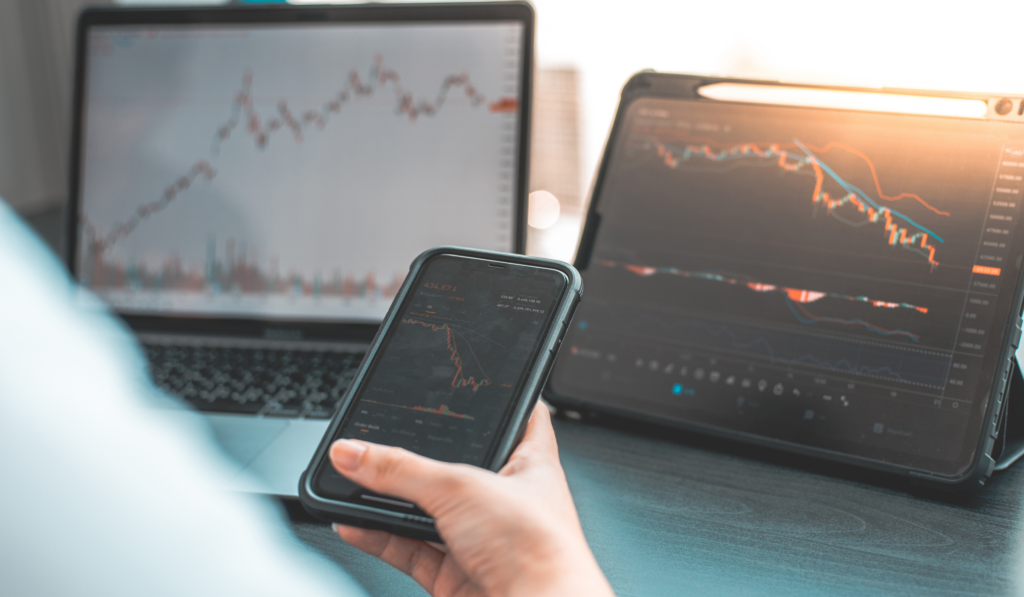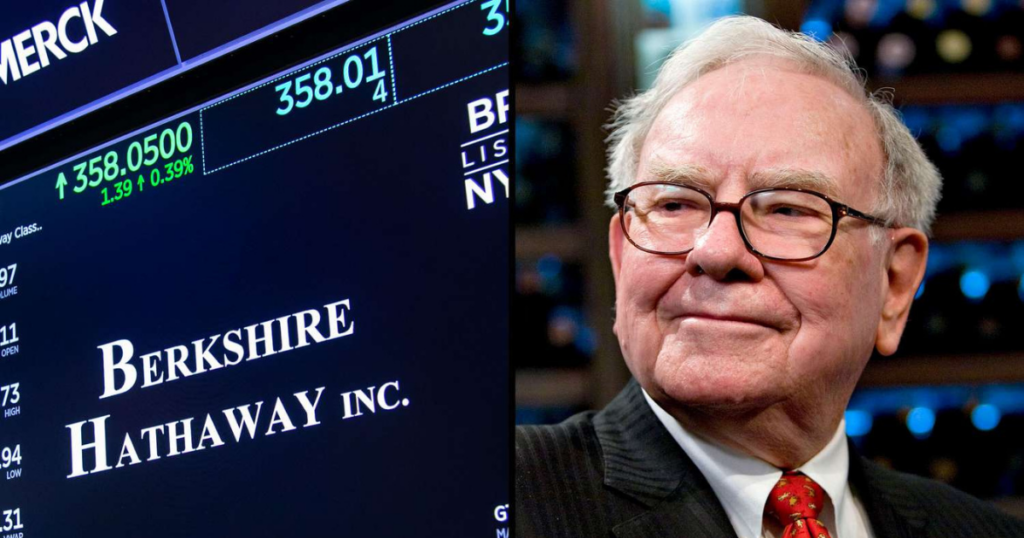Market Commentary Q4 2023
The Year Few Saw Coming
“The probable is what usually happens.” – Aristotle
One of the occupational hazards of forecasting is that predictions lack the good manners to make themselves scarce once they’ve been proven wrong. An especially prescient guess might linger for a week or two, but bad calls have a much longer half-life and can follow you for years like an affection-starved labrador.
We bring this up because you might remember last year’s Market Commentary where we described our outlook for 2023 as a “Puddle of Muddle.” Therein, we highlighted that the Fed had a poor track record of engineering soft landings, that many economic indicators were flashing yellow if not orange and we had subdued expectations for equities when it came to 2023.
Anyone who’s bothered to look at the stock market this year can see it was short on both puddles and muddles. As of this writing, December 31st, the S&P 500 is up nine weeks in a row and 24% year-to-date. Not to be outdone, the Nasdaq composite is up 43%. The current consensus seems to suggest that the economy will avoid a recession, inflation has been licked and Jay Powell has a pedestal waiting for his likeness in the Central Banker Hall of Fame.
In short, it looks like most economists got this one wrong.
We believe that the number of recessions predicted vastly exceeds the number of recessions that have occurred, reminding us how economics earned the moniker ‘the dismal science’. Perhaps what was most confounding in 2023 is that many of the most reliable historic indicators (an aggressive hiking cycle, an inverted yield curve, contracting money supply, declining manufacturing surveys) all suggested the same thing. A recession seemed such an inevitability that in February, the Conference Board pegged its probability at 99%. Optimism would have required us to ignore 100 years of precedent and say this time really is different.
And yet, we’ve said repeatedly that a soft landing wasn’t impossible, just improbable. In the past two months, financial conditions and sentiment have changed markedly. Since peaking in late October at 5%, the US 10-Year Treasury has declined to 3.9%. Last month, equities were up almost 9%, their second-best November since 1980. Powell gave an unusually dovish press conference in December that implied several rate cuts could be forthcoming in 2024. You’re not supposed to be able to raise rates, tame inflation, maintain full employment and grow the economy, but like the occasional buzzer-beater from half-court, the Fed might just have done it.
After spending the better part of two years harping on the subject, readers could be forgiven for thinking that recession predicting is an integral part of our process. It’s not. Our job is to evaluate capital markets, assess the risks and returns on offer, and then construct portfolios that we deem likely to meet client objectives, ever mindful that all investing involves risk. So, we proceed with a multi-decade time horizon in mind which requires a willingness to stay invested through booms and busts. Recessions are an inevitable part of any economy and trying to avoid them is a surefire way to stunt returns.
But if 2023 taught us anything it’s this. It’s better to be pleasantly surprised than bearish and right.
That leads us to our outlook for 2024. US GDP grew almost 5% in the third quarter, and we expect a material slowdown next year as seven quarters of Fed tightening weighs on economic growth. In November, the Fed’s preferred measure of inflation was the lowest in more than two years and seems firmly in hand. We believe the Fed will cut rates in 2024 but observe the market has repeatedly over-anticipated their timing. After declining for more than a year, we expect corporate earnings to return to year-over-year growth, although estimates of 12% strike us as optimistic. We expect geopolitical tensions to remain high and the number of fiscal issues (budget deficits, high debt-to-GDP and the looming expiration of the 2017 tax cuts) all need to be addressed.
If 2023 was the most improbable of years, we expect 2024 to be more average. A recession could still materialize, but it’s looking less and less likely, and should it happen, it may be manageable given robust labor markets and relatively healthy consumer balance sheets. We would point out that it’s unusual for progress to be linear and doubts about inflation or growth are to be expected.
Over the past five years, the S&P 500 has delivered an almost 16% total return annually. Our expectation for future returns is significantly more modest. Many of the pressures weighing on stocks in 2023 have now reversed (higher rates, higher inflation, negative earnings growth), but a soft landing is still a landing. In other words, we expect 2024 to be less exceptional than 2023 when it comes to both the economy and equity returns.
Authored by – Bridges Trust Investment Committee
Disclosures and Important Information
Bridges Trust and logo reference independent services offered by Bridges Trust Company (“BTC”), Bridges Trust Company of South Dakota (“BTC-SD”) and Bridges Investment Management Inc. (“BIM”). Trust services are provided by BTC, a trust company chartered through the Nebraska Department of Banking and Finance, and BTC–SD, a trust company chartered through the South Dakota Division of Banking. BTC, BTC-SD, and certain individual clients of BIM directly utilize the investment management services provided by BIM. BIM is an investment adviser registered with the U.S. Securities Exchange Commission (“SEC”) with further information including conflicts of interest and material risks available in BIM’s ADV Brochure at www.adviserinfo.sec.gov/firm/108028 and www.bridgesinv.com. Registration with the SEC does not imply a certain level of skill or training.
This client communication is provided for informational purposes only and is not a recommendation to purchase, hold, or sell any security. Information was obtained from sources we believe to be reliable, but the accuracy of the information cannot be guaranteed. Each investor’s situation is unique so please work with your Relationship Manager to develop an individualized investment plan before investing.
Sources: Economic data provided by FactSet Research Systems, Federal Reserve Economic Data – St. Louis Fed, U.S. Conference Board. Insights and news provided by CNBC, Yahoo Finance, and Bloomberg. The S&P 500 index measures the stock performance of 500 large companies listed on US stock exchanges and is provided as a benchmark representing the US stock market. The Nasdaq Composite Index is a market capitalization-weighted index of more than 2,500 stocks listed on the Nasdaq Stock Exchange. Indices and economic data are the property of their respective owners, all rights reserved.
Investing involves risk and the possibility of loss.
Past performance is no guarantee of future results.
CAUTIONARY STATEMENT REGARDING FORWARD-LOOKING STATEMENTS – This communication contains forward-looking statements that involve substantial risks and uncertainties. We believe it is essential to communicate our expectations to our clients. However, there may be events in the future that we’re unable to predict accurately or have no control. Actual results or other conditions may differ materially from those contemplated by any forward-looking statements, and we are not under any duty to update the forward-looking statements contained herein. Given these risks and uncertainties, readers are cautioned not to place undue reliance on such forward-looking statements.
CAUTIONARY STATEMENT REGARDING THIRD PARTY INFORMATION – This communication includes financial information, market data, statistical information, and estimates based on materials prepared by independent sources, as well as management’s own good faith estimates and analyses. We believe this third-party information to be reputable but have not independently verified it. Information based on estimates, forecasts, projections, market research, or similar methodologies or assumptions is inherently subject to uncertainties, and actual events or circumstances may differ materially from events and circumstances reflected in this information.

















